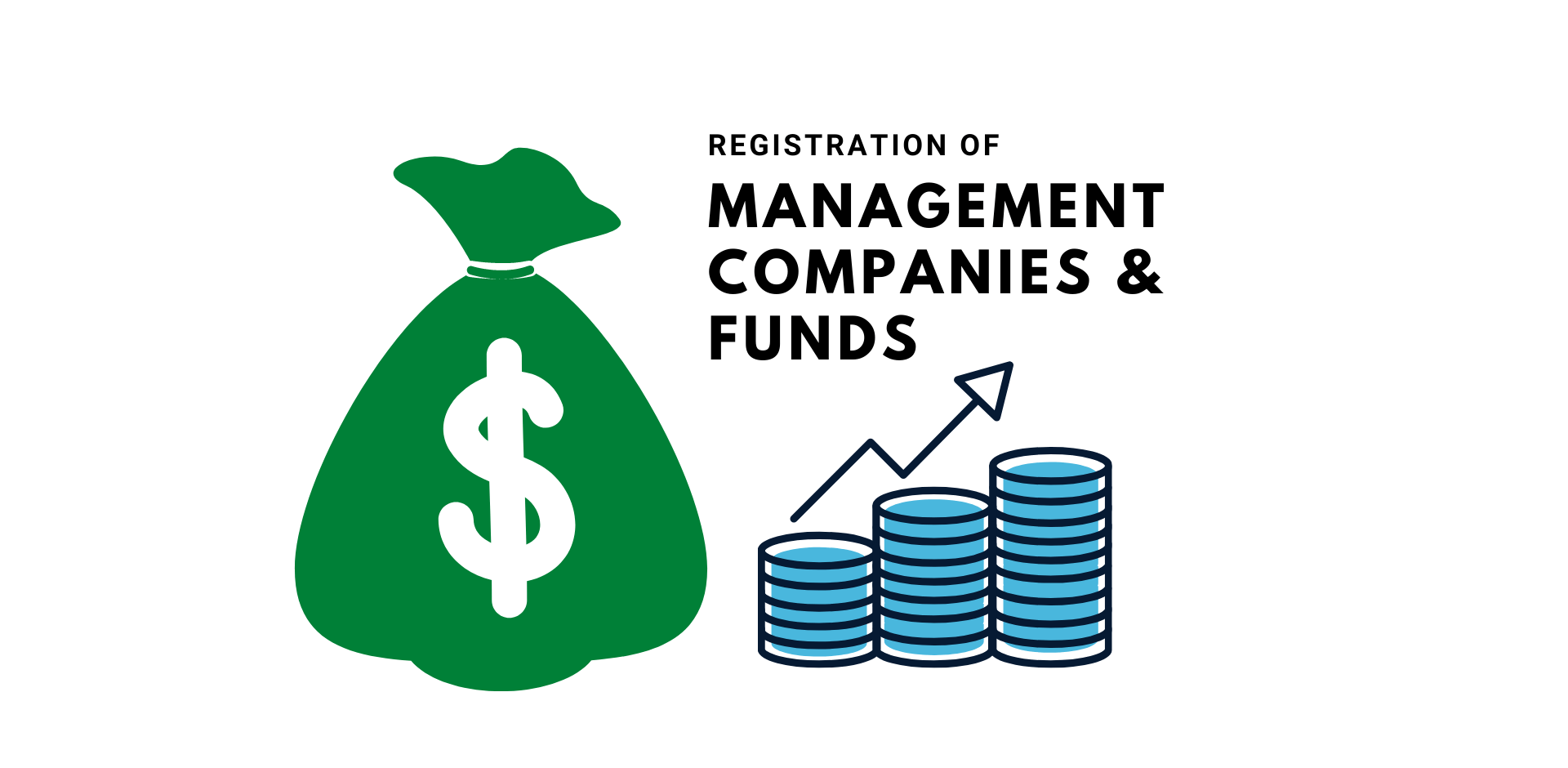Fund Information. Secondary Fund Investment Detail.
This article from the Fund Information section contains the brief information about Private Equity secondary funds and Secondaries market.

Purpose
Private Equity secondary funds typically buy and sell pre-existing investor commitments to Private Equity and other alternative investment funds. Private Equity secondary transactions (“Secondaries”) are often complex and occur either in a proprietary negotiation, via the use of an intermediary or in an auction process.
Historically, the Secondaries market comprised the sale and purchase of limited partnership fund commitments (“LP interests”) in individual funds or portfolio of funds. Whilst LP interests remain the largest component, the Secondaries market has evolved to include portfolios of direct investments in operating companies not held in standard fund structures (“Direct Secondaries”), minority co-investments in single operating companies (“Co-investment Secondaries”) and increasingly GP-led liquidity transactions involving sale of the assets from, or restructuring of, older vintage private equity funds (“GP Restructurings”).

Whilst secondary funds transact in very different ways to FoFs, they do however share many of their characteristics, particularly in terms of their legal structure and operation and also in that they represent the LP in a GP/LP relationship.
Accordingly, reporting for secondary funds should be consistent with that of FoFs with the following key differences:
- Similar to FoF, typically the primary asset for a secondary fund will not be equity in a Portfolio Company but an interest in a Portfolio Fund. However, uniquely, secondary funds may commonly acquire whole portfolios of fund interests rather than single fund interests, usually at a discount to the aggregated Fair Market Value of the acquired funds. Secondary fund GPs may wish to report such portfolio transactions as a single aggregated investment for the following reasons:
– Discounts negotiated, or acquisition costs incurred, cannot be meaningfully applied to each individual Portfolio Fund acquired, preventing secondary funds from calculating and reporting performance for each individual Portfolio Fund;
– Secondary transactions, particularly ‘off-market’ exclusive transactions, are frequently characterised by a need for confidentiality by the vendor or underlying fund GPs, governed by NDAs, thereby limiting disclosure of full information on the Portfolio Funds acquired;
– Performance and KPI calculation for an underlying Portfolio Fund should be adjusted to account for the premia/discount and/or other costs paid by the Secondary Fund for its investment and thus will differ from other investors in the same Portfolio Fund that have been invested in the Portfolio Fund since inception (Primary Investment).

Given the above, consideration should be given to the following Additional possible disclosures where relevant:
Additional possible disclosures
- Premia/discounts paid by investment and a weighted average across the investment portfolio;
- Transaction details including broker/intermediary where relevant.





